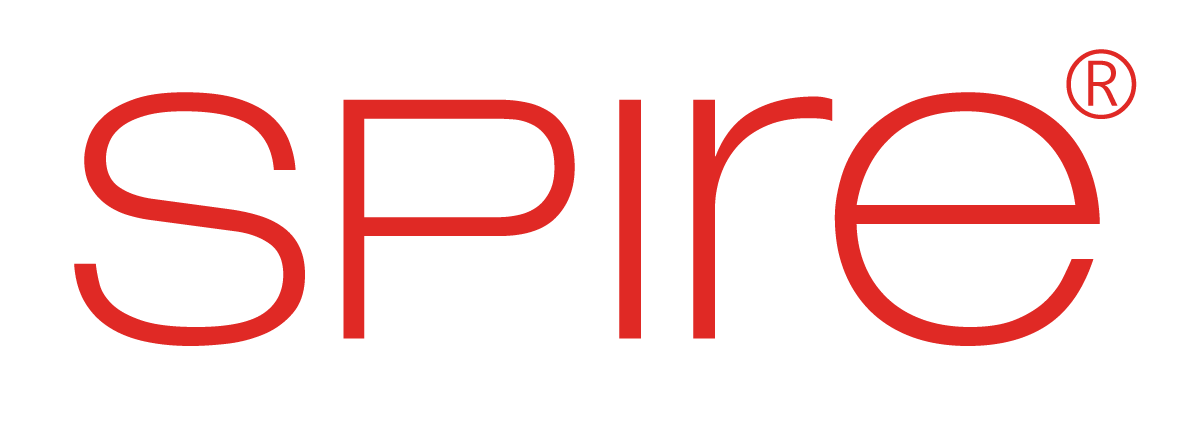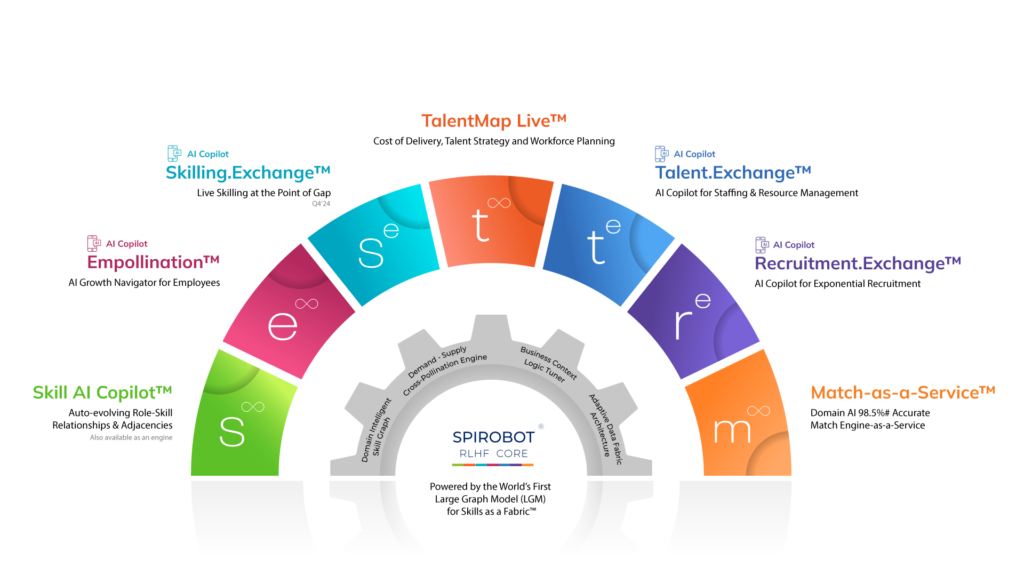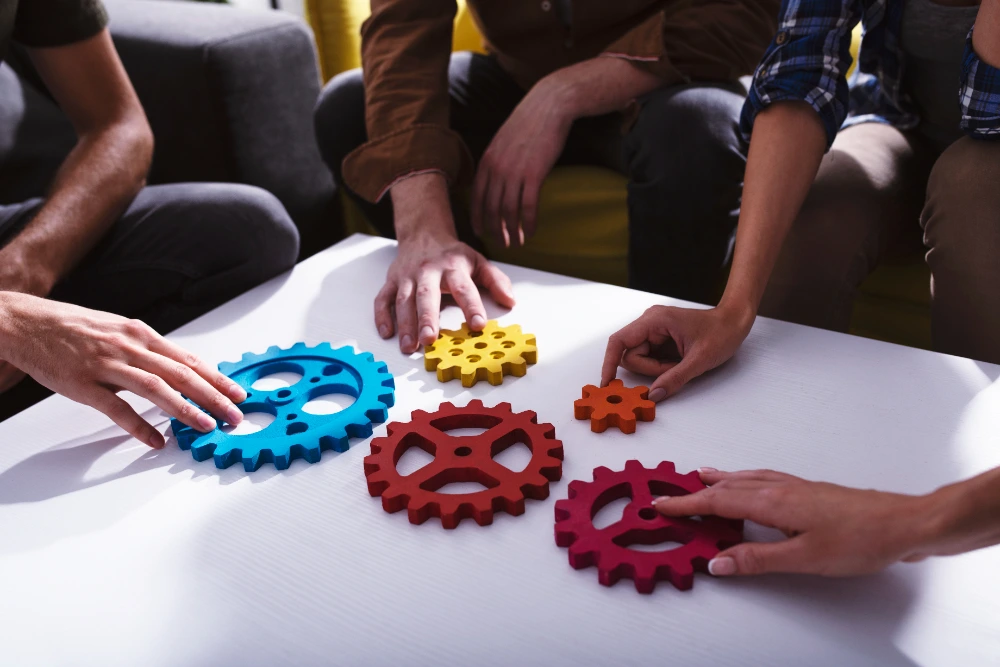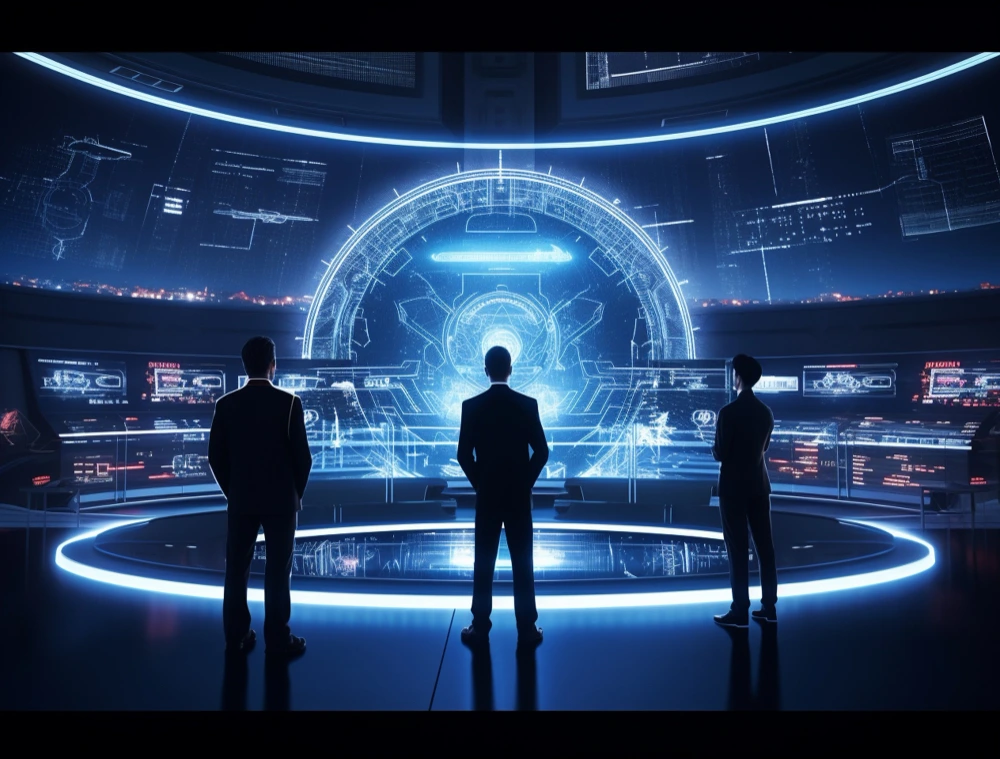The transformation of the skills architecture represents a fundamental shift in how organizations approach talent management and workforce development. Research by Deloitte indicates that 93% of organizations are moving away from job-centric structures and effectively adopting skills-centric approaches to build more adaptable workforces.
This comprehensive exploration examines how auto-evolving role-skill architectures foster organizational resilience while ensuring sustainable talent development. To stay competitive and agile, organizations must rethink their talent management strategies. The concept of skills architecture, a dynamic, contextualized framework for aligning employee capabilities with organizational goals, is emerging as a cornerstone for resilience.
This blog explores how evolving role-skill architectures foster resilience and how AI-driven technologies make it possible to continuously adapt and contextualize skills for roles.
Disruptions in the Modern Workforce: A Growing Challenge
Workforce disruptions have intensified over the past decade due to advancements in automation, global economic shifts, and the rise of hybrid work models. According to the World Economic Forum, 85 million jobs may be displaced by 2025 due to technological changes, but 97 million new roles are expected to emerge.
However, most organizations are unprepared for this shift. A lack of adaptive workforce strategies often results in skill mismatches, employee burnout, and reduced organizational performance.
Why Resilience Matters in Talent Ecosystems
Resilience in workforce management means ensuring that an organization can continue to meet its goals despite external disruptions or internal transformations.
- Maintains productivity during economic or technological shifts.
- Adapts to evolving market demands with minimal delays.
- Builds a workforce that thrives amid uncertainty. Organizations that adopt resilient practices are 70% more likely to outperform competitors, according to McKinsey.
Organizations must establish robust foundations to support auto-evolving skills architectures. These building blocks ensure sustainable talent development while maintaining alignment with strategic objectives.
- Dynamic Skill Taxonomies: Dynamic skill taxonomies serve as the central nervous system of modern skills architecture. These sophisticated classification systems automatically update to reflect emerging skills and changing competency requirements.
- Contextual Role Mapping: Contextual role mapping creates direct connections between organizational objectives and required competencies. This alignment ensures that skill development initiatives directly support business goals.
- Intelligent Skill Gap Analysis: Modern skills architecture employs sophisticated analytics to identify and predict skill gaps before they impact performance.
What Is a Role-Skill Architecture?
Role-skill architecture is the structural framework that defines the skills required for specific roles within an organization. This framework is vital for recruitment, training, and career progression. Historically, companies relied on static job descriptions, which are often outdated within a year due to rapid advancements in tools and methodologies.
For instance, a software engineer’s role from five years ago would not have included knowledge of machine learning or cloud-native technologies, which are now essential.
According to McKinsey, organizations with well-defined skills architectures are more likely to outperform their peers in talent retention and development.
How a Role-Skill Architecture Differs from Traditional Models
Traditional workforce models are linear and hierarchical, focusing on predefined roles and responsibilities. However, role-skill architectures are more dynamic, contextual, and data-driven.
- Dynamic: It evolves with market trends and business objectives.
- Contextual: Skills are tailored to specific roles, industries, and organizational goals.
- Data-Driven: Incorporates insights from AI tools, industry benchmarks, and employee performance metrics. By transitioning to a role-skill architecture, organizations can reduce skills obsolescence and increase workforce flexibility.
Below are some of the key elements of Auto-Evolving Skills Architecture.
- Dynamic skill taxonomies that adapt to market changes.
- AI-driven competency mapping and assessment.
- Contextual role definitions based on business objectives.
- Automated skill gap analysis and forecasting.
- Continuous learning pathways aligned with evolving needs.
How an Auto-Evolving Role-Skill Architecture Drives Resilience
Auto-evolving role-skill architecture creates resilience by continuously adapting to changing business needs through intelligent skill pattern recognition. The system analyzes various data points including, market trends, emerging technologies, skill utilization patterns, and project requirements. Let’s take a look at some of the major force that drives resilience.
- Continuous Alignment of Skills with Organizational Goals: Auto-evolving role-skill architectures ensure that employee skill sets remain relevant. By leveraging advanced AI and real-time data analytics, these models create a responsive mechanism that perpetually maps employee skills against emerging organizational needs, technological trends, and market demands. The architecture acts like a living, breathing ecosystem that intelligently monitors skill utilization, predicts future competency requirements, and proactively recommends personalized learning pathways.
For example, LinkedIn’s 2023 Global Talent Trends report highlights that 89% of L&D professionals focus on aligning learning outcomes with business goals. A dynamic system bridges this gap by realigning competencies with real-time business needs.
- The Role of AI in Contextualizing and Updating Skills: AI-powered models enhance role-skill architectures by analyzing real-time data, predicting future needs, and delivering contextual recommendations.
- Analyzing Real-Time Data: Identifying new technologies or methodologies impacting industries.
- Predicting Future Needs: Highlighting emerging skills such as data ethics or generative AI design.
- Delivering Contextual Recommendations: For instance, a financial analyst may need to learn blockchain applications to remain competitive.
- Mitigating Skill Gaps and Redundancies: Static systems often result in workforce inefficiencies, with employees either underutilized or overburdened. Auto-evolving systems prevent this by:
- Identifying skill surpluses or deficits early.
- Offering tailored upskilling programs.
- Ensuring every role is adequately staffed with the right capabilities. Organizations using dynamic skill frameworks report higher employee retention, as per Deloitte.
AI-Driven Adaptation: The Backbone of Modern Skills Architecture
How AI Enables Real-Time Skill Mapping
AI-driven tools integrate data from multiple sources such as job boards, employee assessments, and industry benchmarks to map skills to roles accurately. IBM reports that 87% of HR executives believe AI enhances employee performance by matching skills to tasks dynamically.
Predictive Insights for Strategic Workforce Planning
AI’s predictive capabilities enable organizations to anticipate skill requirements 6–12 months ahead. For instance, industries adopting AI technologies (e.g., healthcare or logistics) can identify emerging needs for AI specialists and reskill existing talent to fill those gaps, avoiding costly recruitment cycles.
Enhanced Employee Engagement through Personalized Learning
Personalized AI-driven learning pathways improve employee satisfaction and productivity:
- Employees who receive tailored learning plans are more likely to stay with their organization.
- AI can recommend microlearning modules, workshops, or certifications aligned with both employee interests and organizational goals, ensuring mutual growth.
Building a Resilient Talent Ecosystem
Aligning Talent Strategies With Business Objectives
Organizations with aligned talent strategies outperform their peers in productivity, as per Gallup. Role-skill architecture bridges the gap between business strategy and workforce execution by:
- Continuously monitoring strategic shifts.
- Realigning skills frameworks to meet new objectives.
- Ensuring talent resources are deployed where they’re most impactful.
Promoting Agility through Continuous Learning
Continuous learning is no longer a luxury, it’s a requirement. For example, programs integrated with role-skill frameworks allow employees to stay ahead of industry changes without requiring prolonged off-site training.
Fostering a Culture of Adaptability
Resilient ecosystems thrive when employees are empowered to adapt.
- Encouraging open communication about changes in roles or skills.
- Rewarding innovation and adaptability in performance evaluations.
- Embedding skill development as part of daily workflows.
Challenges in Implementing Auto-Evolving Role-Skill Architectures
Challenges in Implementing Role-Skill Architectures
1. Overcoming Resistance to Change
2. Ensuring Data Accuracy and Privacy
3. Balancing Technology with Human Insights
1. Overcoming Resistance to Change
Resistance often stems from fear of obsolescence or unfamiliarity with new technologies. With AI taking charge of most industries, most employees fear their roles will significantly change. To mitigate this, organizations should implement the following initiatives.
- Involve employees in planning and implementation
- Offer transparent communication on how systems benefit both employees and the organization
- Provide reskilling support as roles evolve
2. Ensuring Data Accuracy and Privacy
AI systems require robust, accurate data to function effectively. However, ensuring privacy while collecting employee data is a growing concern.
- Implement clear policies for ethical AI use.
- Use anonymized datasets for analysis.
- Regularly audit AI algorithms to ensure fairness and accuracy.
3. Balancing Technology with Human Insights
While AI-driven systems excel at data analysis, human oversight remains crucial to interpreting nuanced requirements or cultural factors. A hybrid approach ensures the system aligns with broader organizational values.
Spire.AI: Pioneering Auto-Evolving Role-Skill Architectures
Spire.AI offers an advanced platform designed to revolutionize talent ecosystems through dynamic, AI-enabled role-skill architecture. By leveraging cutting-edge AI solutions like Skills AI Copilot, the Auto-Evolving Role-Skill Architecture, and the Large Graph Model (LGM) for Skills, organizations can build resilient talent strategies that continuously adapt to evolving business landscapes while maintaining strategic alignment.
Skills AI Copilot: Intelligent Workforce Guidance
The Skills AI Copilot is an intelligent assistant that helps organizations and employees navigate the complex skill development landscape. This AI-powered solution provides real-time insights, recommendations, and adaptive learning pathways that align workforce capabilities with current and future industry demands.
- AI-Driven Skill Assessment: Continuously evaluates individual and organizational skill sets to identify strengths, gaps, and growth opportunities.
- Personalized Upskilling Recommendations: Suggest role-specific learning resources and development plans tailored to employees’ career aspirations and business needs.
- Dynamic Job Role Evolution: Helps HR leaders design adaptive job descriptions by identifying emerging skill trends and industry shifts.
- Real-Time Career Navigation: Provides employees with personalized career roadmaps, guiding them through skill enhancement and internal mobility opportunities.
By integrating Skills AI Copilot, businesses can optimize workforce productivity, retain top talent, and foster a culture of continuous learning, all while reducing dependency on external recruitment.
Auto-Evolving Role-Skill Architecture: Adaptive Talent Framework
The Auto-Evolving Role-Skill Architecture is a game-changing innovation that enables businesses to dynamically redefine job roles and skill requirements in response to market shifts, technological advancements, and business priorities. Unlike static workforce models, this architecture allows for continuous alignment between job roles, skills, and business objectives through AI-driven intelligence.
- Real-Time Skill Mapping: AI algorithms continuously assess workforce capabilities, ensuring job roles remain relevant to industry trends.
- Predictive Workforce Planning: Uses historical and real-time data to forecast future skill needs, helping organizations stay ahead of talent shortages.
- Automated Role Optimization: Modifies role definitions and required competencies dynamically, ensuring job structures evolve in sync with market demands.
- Increased Workforce Agility: Reduces skills obsolescence and improves employee satisfaction by facilitating seamless internal mobility and upskilling opportunities.
Organizations leveraging this auto-evolving model report a 30% reduction in recruitment costs and a 40% increase in workforce productivity, making it an essential tool for future-proof talent management.
Large Graph Model (LGM) for Skills: Data-Driven Skill Intelligence
At the core of Spire.AI’s innovations is the Large Graph Model (LGM) for Skills. This sophisticated AI-driven framework maps and interconnects skills, roles, and learning pathways in a comprehensive knowledge graph. This approach enables organizations to understand skill relationships at scale, providing data-driven insights that drive workforce transformation.
How LGM for Skills Works:
- Graph-Based Skill Taxonomy: Structures skills into interconnected nodes, offering a granular understanding of skill adjacencies, dependencies, and evolution patterns.
- AI-Powered Skill Matching: Dynamically links employees to opportunities based on their skill profile, learning preferences, and career goals.
- Proactive Reskilling & Redeployment: Identifies at-risk roles due to automation or market shifts and suggests reskilling paths for internal redeployment.
- Industry-Wide Skill Benchmarking: Provides organizations with competitive insights by comparing workforce capabilities against market standards.
By utilizing LGM for Skills, businesses can develop highly targeted talent strategies, ensuring their workforce remains competitive, adaptable, and continuously aligned with industry needs.
Conclusion: Future-Proofing Workforce Strategies
Organizations that embrace auto-evolving role-skill architectures position themselves for success amidst growing workforce challenges. These frameworks, powered by advanced AI, ensure continuous alignment between employee capabilities and organizational goals while fostering a culture of adaptability and growth.
Organizations like Spire.AI provide the solutions needed to navigate this transformation seamlessly, empowering organizations to build resilient, future-ready talent ecosystems. By investing in these technologies and strategies, businesses can turn workforce disruptions into opportunities for innovation and sustained growth.






